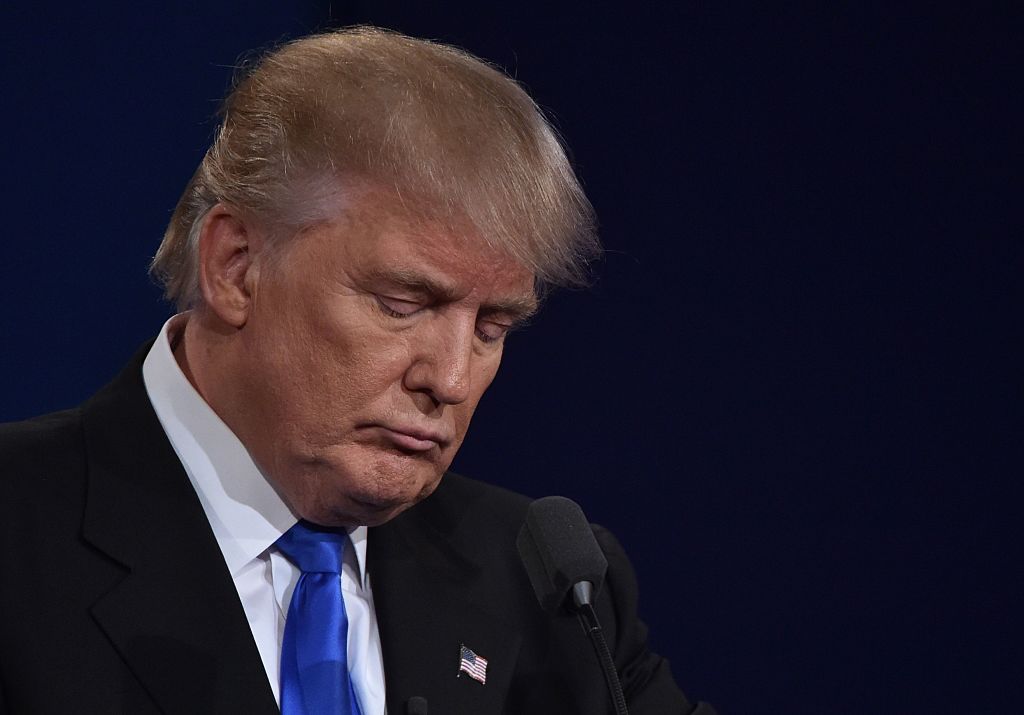To print this article, all you need is to be registered or login on Mondaq.com.
In the sixth in our series of briefings following the passing of
the Energy Act 2023 (the Act) on 26 October 2023,
our team looks at the introduction of a new licensable activity for
multi-purpose interconnectors (MPIs)
Multi-purpose interconnectors
In response to calls from the offshore wind industry to reform
the offshore transmission regime, the government launched a review
of the offshore transmission framework in 2020. One of the outcomes
of the review was the need to facilitate the development of MPIs, a
new type of subsea electricity cables that combine the features of
interconnection and offshore transmission, connecting Great
Britain’s electricity system to that of another country whilst
enabling the connection of clusters of offshore power generators
and/or substations. MPIs are expected to offer increased benefits
in terms of lower capital and operating costs through shared use of
transmission infrastructure, reduced environmental community and
spatial impact (due to fewer coastal landing points), reduced
curtailment, and better integration of renewables into the
grid.
Given the hybrid nature of MPIs, a clear legislative framework
is needed to enable their deployment. The Act now defines MPIs as a
separate asset class, subject to a separate electricity licence. As
with interconnector licences, holders of an MPI licence cannot hold
a licence for another licensable electricity activity, thereby
ensuring separation of different electricity businesses between
licence holders, although Ofgem is yet to determine the exact
operational requirements and level of business separation that will
be required. However, by way of exception, the SoS has the power to
grant an MPI licence to a person who holds an interconnector or
offshore transmission licence at the time that the prohibition
comes into force. Again, similar to interconnector licence holders,
MPI holders must be certified by Ofgem as meeting the ownership
unbundling requirements for independence from generation and supply
activities or obtain an exemption from this requirement.
One of the key questions regarding MPIs is how best to use them
for cross-border trading. To answer this question, Ofgem consulted
on market arrangements for MPIs and published the summary of
responses last year, with a further update expected later in 2024.
Two key issues were considered: (i) trading arrangements –
whether to adopt an implicit or explicit trading model for MPIs,
and (ii) bidding zone configuration – whether generating
assets connected to MPIs should be deemed part of the domestic
bidding zone (‘home market’) and given priority access over
cable capacity to transport output to their domestic market or
whether they should form their own separate bidding zone
(‘offshore bidding zone’) and compete with other market
players in onshore bidding zones for access to the cable to all
connecting markets.
Ofgem’s preferred option – implicit trading with
offshore bidding zones – received majority support and
remains Ofgem’s leading option, although it was acknowledged
that its implementation presents challenges that require
mitigation.
Another missing piece of the jigsaw is the support scheme for
MPIs. Interconnectors in Great Britain are supported via the Cap
& Floor regime, which is designed to limit the developers’
exposure to electricity market price risk. Before the Act was
passed, in the absence of a clear regulatory framework governing
MPIs and what they termed as ‘non-standard interconnectors’
and collectively ‘offshore hybrid assets’, Ofgem’s
preferred regulatory regime for its MPI pilot scheme included a
RAB-based mechanism for the offshore converter platform, and a
narrow cap and floor for the MPI cable. The government is however
yet to develop the enduring MPI regime, which it has said will
consider the lessons learned from Ofgem’s pilot scheme. The
government is also set to consider the participation of MPI assets
in the capacity market scheme given that different revenue streams
could be attributed to an MPI and the importance of ensuring
sufficient revenue certainty whilst maintaining a level playing
field.
At present, offshore wind projects connecting to an MPI are not
eligible for support under the government’s Contract for
Difference (CfD) allocation round 6 (AR6).
However, extending CfDs to offshore wind projects connecting to an
MPI will no doubt be considered for future CfD rounds, particularly
as stakeholders have a clear preference for using CfDs over other
mechanisms to compensate such projects if an offshore bidding zone
scenario.1 The government recently acknowledged in a
recent consultation on proposed changes to CfD allocation round 7
(AR7) that is view is that MPIs should be eligible for CfD
contracts “where they demonstrate good value for money for
consumers and wider benefits to the energy
system“2.
Footnotes
1. Ofgem, Summary of Responses on Market Arrangements for
Multi-Purpose Interconnectors (14 December 2023), para
3.13.
2. Proposed amendments to Contracts for Difference for
Allocation Round 7 and future rounds (7 March 2024)
The content of this article is intended to provide a general
guide to the subject matter. Specialist advice should be sought
about your specific circumstances.
POPULAR ARTICLES ON: Energy and Natural Resources from UK
#Energy #Act #MultiPurpose #Interconnectors #Renewables











